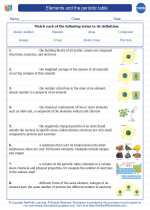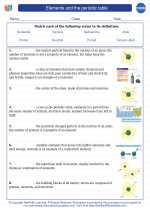Chemotaxis
Chemotaxis is the movement of an organism in response to a chemical stimulus. This phenomenon is commonly observed in single-celled organisms, such as bacteria, as well as in multicellular organisms, including immune cells in the human body.
Mechanism of Chemotaxis
In bacteria, chemotaxis is mediated by a set of specialized proteins that allow the cells to sense and respond to chemical gradients in their environment. The key players in bacterial chemotaxis are the chemoreceptors, which detect specific molecules, and the flagellar motor, which propels the cell in response to the detected chemicals.
When bacteria sense a favorable chemical gradient, they move towards the source of the chemical, while an unfavorable gradient results in movement away from the source. This allows the bacteria to navigate their environment in search of nutrients and avoid harmful substances.
Chemotaxis in Immune Cells
In multicellular organisms, chemotaxis plays a crucial role in the immune response. Immune cells, such as neutrophils and macrophages, are attracted to sites of infection or tissue damage by chemical signals released by the affected cells. This directed movement of immune cells towards the source of the chemical signals is essential for the body's defense against pathogens and the healing of damaged tissues.
Study Guide for Chemotaxis
To understand chemotaxis thoroughly, it is essential to grasp the following key concepts:
- Chemoreceptors: Understand the structure and function of chemoreceptors in bacterial cells and the role they play in detecting chemical gradients.
- Flagellar Motor: Learn about the flagellar motor and how it translates the chemical signals detected by the chemoreceptors into movement.
- Immune Response: Explore the role of chemotaxis in the immune response, including the types of immune cells involved and the chemical signals that attract them to specific sites in the body.
- Signaling Molecules: Familiarize yourself with the specific signaling molecules involved in chemotaxis and their effects on the behavior of cells.
- Experimental Techniques: Study the experimental methods used to study chemotaxis, such as microfluidic devices and live cell imaging, to understand how researchers investigate this phenomenon in the laboratory.
By mastering these concepts, you will develop a comprehensive understanding of chemotaxis and its significance in both single-celled and multicellular organisms.
With this study guide, you can delve into the fascinating world of chemotaxis and its implications in various fields, including microbiology, immunology, and biotechnology.
.◂Chemistry Worksheets and Study Guides High School. Elements and the periodic table

 Worksheet/Answer key
Worksheet/Answer key
 Worksheet/Answer key
Worksheet/Answer key
 Vocabulary/Answer key
Vocabulary/Answer key
 Vocabulary/Answer key
Vocabulary/Answer key
 Vocabulary/Answer key
Vocabulary/Answer key
